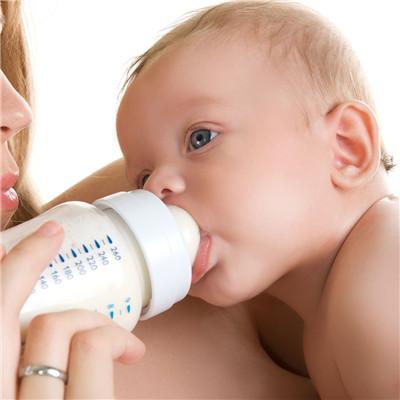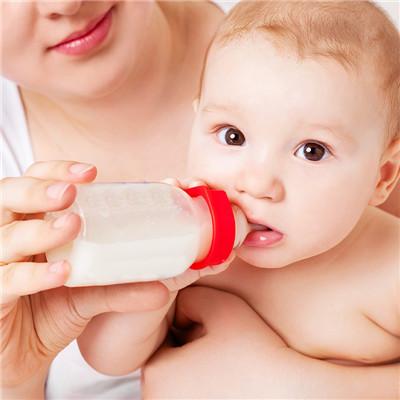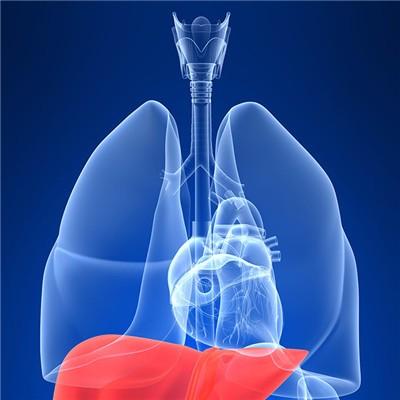What are the symptoms of glycogen accumulation in children?
summary
Glycogen accumulation is characterized by hypoglycemia, hepatomegaly, growth retardation and bleeding tendency. The long-term complications include gout, metastatic liver adenoma, platelet dysfunction, renal insufficiency, osteoporosis and so on. The baby will be born with symptoms of liver enlargement. Neonatal hepatomegaly is not obvious and is not noticed. Around 1 year old, the liver gradually enlarged, even occupied the whole abdominal cavity. Let's take a look at the following.
What are the symptoms of glycogen accumulation in children?
First: growth retardation, recurrent hypoglycemia will affect the patient's intellectual development and physical development, manifested as low intelligence, obesity, short stature, dull skin, mostly pale yellow color, poor muscle development, more common symptoms of lower limb weakness.

Second: the onset of the disease at birth, after adulthood, patients with mild illness will improve. Liver disease is the most common. Hypoglycemia, more than 1 year old, with age, there will be obvious hypoglycemia symptoms, such as weakness, vomiting, weakness, sweating, convulsion and coma,

Third: ketoacidosis is the main cause of death in children. Most patients have polyuria, thirst, polydipsia and fatigue a few days before the occurrence of disturbance of consciousness, and then they have anorexia, nausea and vomiting, often accompanied by headache, drowsiness, irritability, deep and fast breathing. With the further development of the disease, they have symptoms such as severe water loss and reduced urine volume

matters needing attention
Hypoglycemia, convulsions and delirium frequently occur in newborns and infants, which can be recovered after feeding or injecting glucose; Hypoglycemia accompanied by acidosis is the manifestation of glycogen storage disease.












